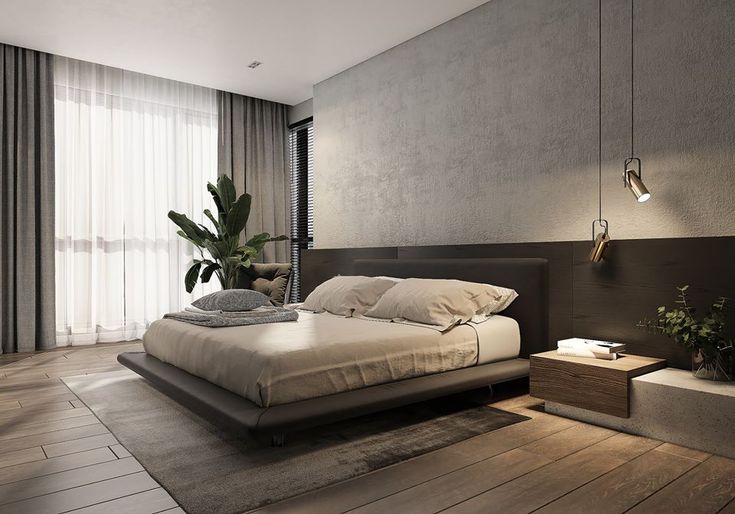Introduction
The bedroom is arguably the most important space in our home. While we spend time in various areas like the kitchen, bathroom, and living room, a significant portion of our day—about 70% to 80%—is spent in our bedrooms. Therefore, it’s crucial to make thoughtful design choices when creating or renovating this space. Poor decisions can lead to ongoing irritation or increased maintenance. Here, we’ll explore 11 common mistakes people make when designing their bedrooms and how to avoid them.
1. Wrong Lighting Choices
A common mistake is installing overhead lighting directly above the bed. This can be distracting and irritating, especially when waking up or reading. Instead, consider using wall lamps or bedside table lamps that provide ambient lighting without shining directly into your eyes.
2. Overcrowding with Furniture
Filling your bedroom with too much furniture can make the space feel cramped and overwhelming. A useful rule is the 50-50 rule: aim to keep 50% of the floor area visible. This helps create a sense of spaciousness. If your room is small, opt for furniture with thin legs or floating designs to maintain a visual connection with the floor.
3. AC Placement Issues
Positioning the air conditioning unit directly above the bed can lead to discomfort, as the constant airflow can make you feel colder than the actual room temperature. Instead, install the AC on a side wall, directing the airflow away from the bed for a more comfortable environment.
4. Neglecting Soundproofing
Investing in soundproofing is often overlooked. Installing regular windows may not sufficiently block outside noise, leading to disturbed sleep. Opt for double-glazed windows to minimize sound and enhance peace in your bedroom.
5. Heavy Accent Walls
While accent walls can add character, avoid making them too heavy or dark, as this can create a suffocating atmosphere. Light, subtle colors are more calming and help create a relaxed environment.
6. Using Cool White Lighting
Installing cool white lights (around 6000 Kelvin) can disrupt your ability to relax. Instead, choose warm white lights (3000 to 4000 Kelvin) to create a soothing atmosphere conducive to winding down.
7. Inappropriate Paint Colors
The color scheme of your bedroom should promote relaxation. Avoid bold and aggressive colors, such as red, which can evoke stress. Instead, opt for soft, calming tones like pastels that create a peaceful ambiance.
8. Ignoring Storage Needs
A lack of adequate storage can lead to clutter, making your bedroom feel chaotic. Ensure you have enough storage solutions to keep your belongings organized and out of sight.
9. Disregarding Natural Light
Natural light can significantly affect your mood and well-being. Ensure that your bedroom design allows for ample natural light, using window treatments that can be easily opened during the day.
10. Skimping on Quality Materials
Investing in quality materials for your bedroom is essential for durability and comfort. Avoid cheap furniture that may wear out quickly and consider investing in quality bedding for a better night’s sleep.
11. Forgetting Personal Touches
Finally, don’t forget to infuse your personality into the design. Your bedroom should reflect your style and preferences, incorporating elements that make you feel at home.
Conclusion
Designing a bedroom requires careful consideration to create a comfortable and functional space. By avoiding these common mistakes and following best practices, you can ensure your bedroom remains a serene sanctuary for rest and relaxation. Remember, thoughtful design can lead to a significant improvement in your overall well-being.

